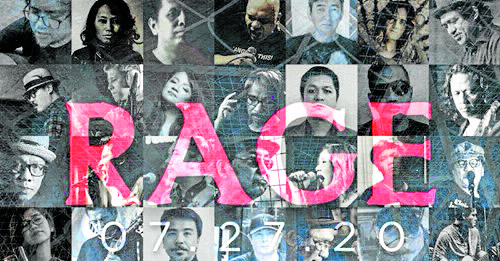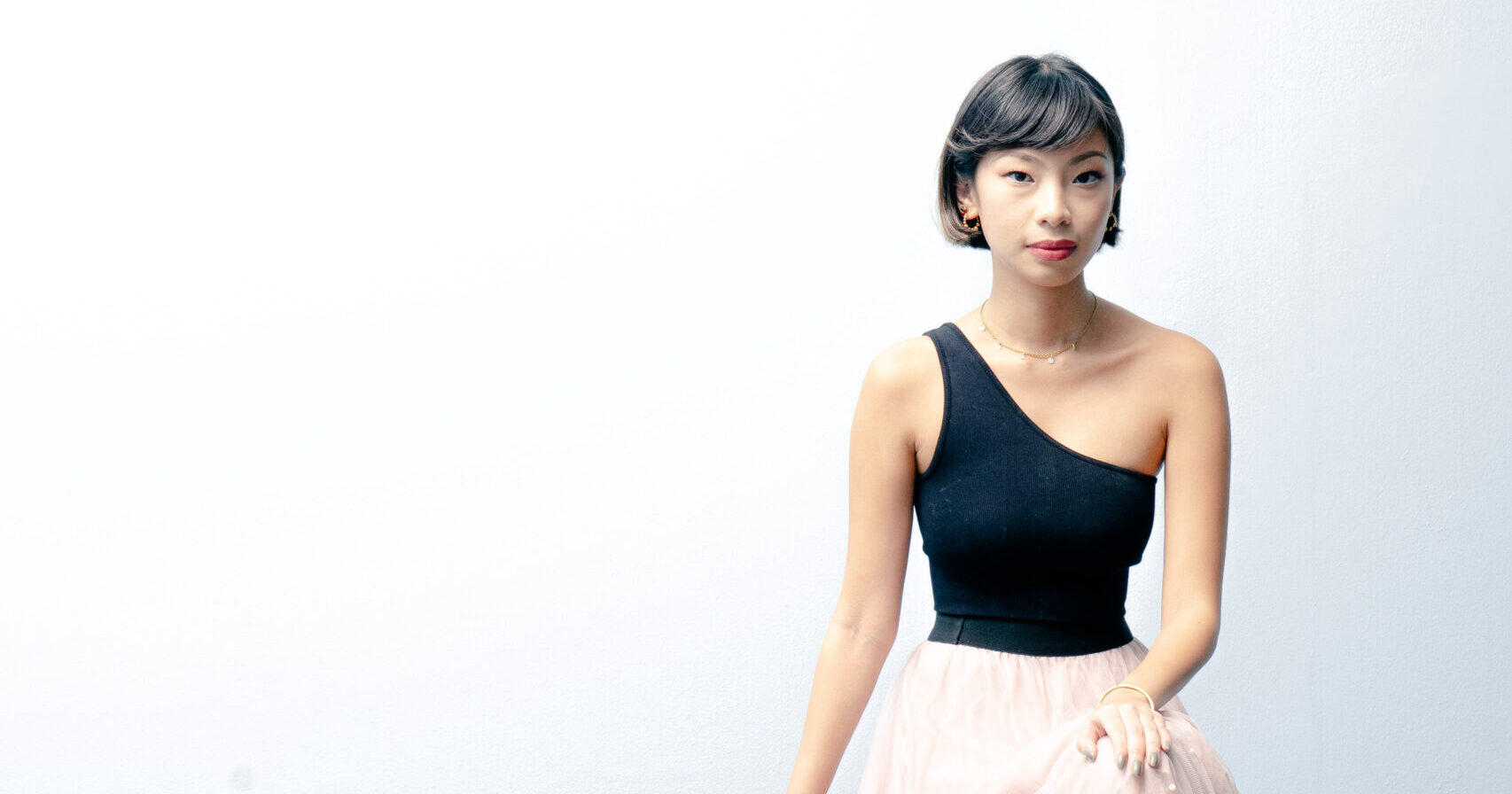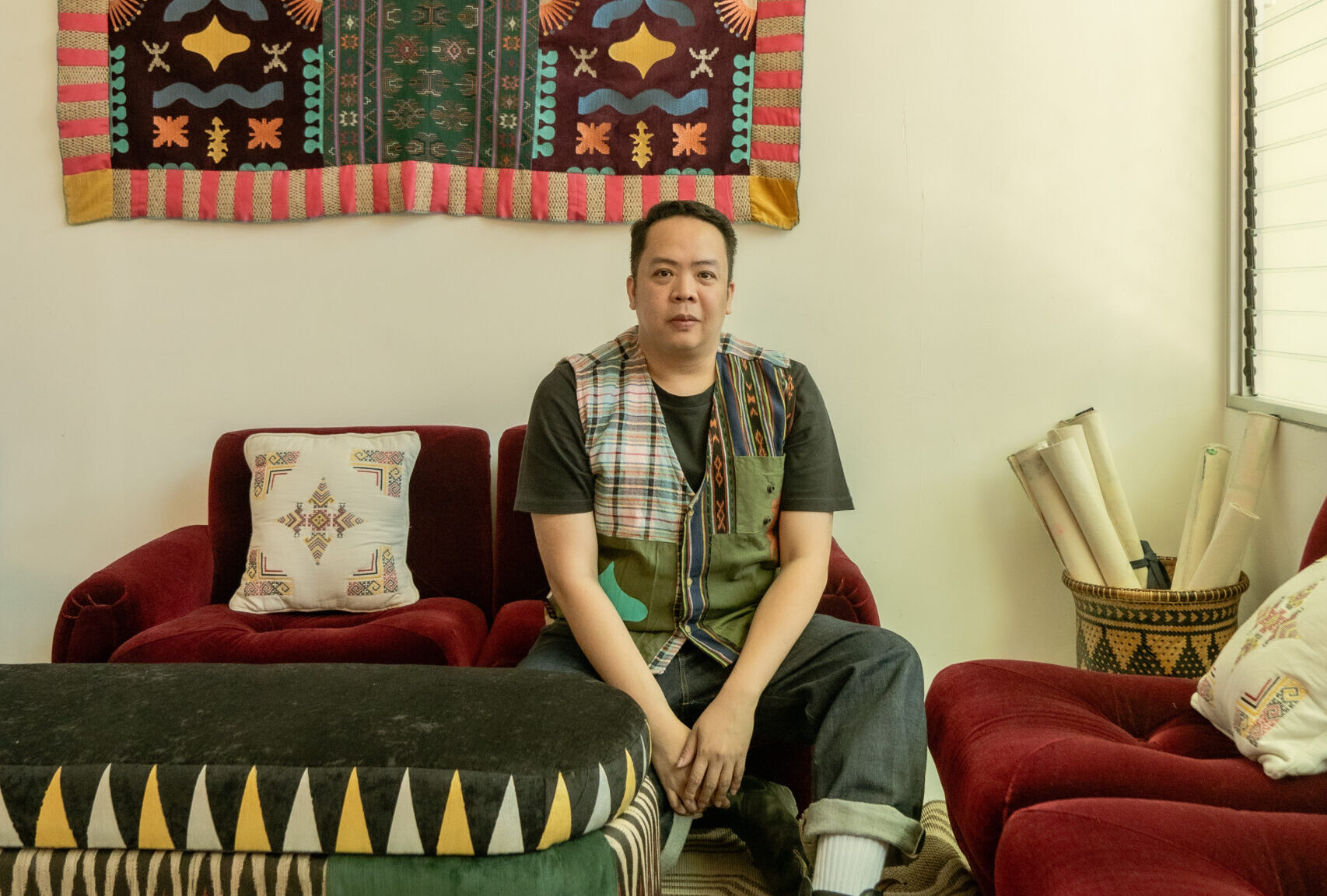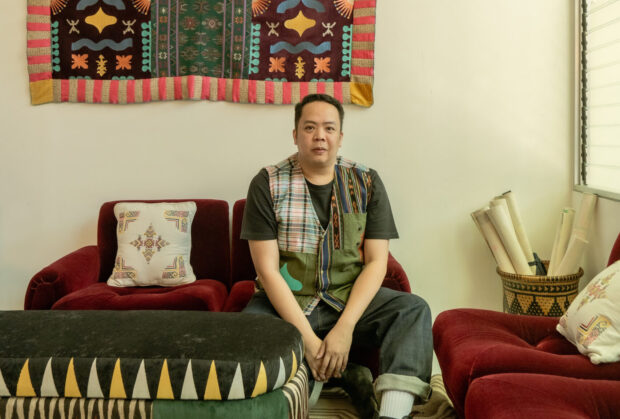
It’s been a long-cherished tradition in activist circles to match the annual State of the Nation Address (Sona) with a protest rally in which they present what they consider “the true state of the nation.”
This year is unique in that, with the new coronavirus disease still running rampant throughout the globe, protests have been limited to a socially distanced window that had to end at noon, a good three hours before the President’s scheduled Sona.
What will probably stand as 2020’s anti-Sona is “Rage,” a music video recorded by 35 individual musicians which premiered online simultaneously with the President’s speech (www.facebook.com/artistsrageph) on July 27.
“Rage” is a video collaboration based on the Jerks’ song from their 1998 album. In the announcement of the video’s premiere, the artists stated their aim: “more than two decades later, the resurgence of ‘Rage’ is testament to both the timelessness of its message and the enduring relevance of its battle cry as music artists now come together to help in the fight to defend the democratic rights and liberties of a people and a nation under siege.
“Despite the challenges posed to the initiative by a global pandemic that has made travel restrictions and quarantine measures all part of the ‘new normal,’ the collaborators gathered their voices and instruments in solidarity to fight an emerging tyranny that is increasingly becoming a more deadly and more critical threat to human rights and freedom of expression in this country with each passing day.”
Dylan Thomas poem
A staple in their live sets since the mid-1990s, Jerks frontman Chickoy Pura’s lyrics for “Rage” go:
Children begging at the streets at night
Knocking on cars till the morning light
People standing in line for a kilo of rice
Welcome to the dark ages, the era of lies
Dreams of progress, of visions gone mad
Mendiola’s still drenched with innocent blood
Demolition men rumble through smokey mountain homes
Darkness indeed, justice dressed in gloom
But I’ll go not gently into the night
Rage against the dying of the light
Sing a song about this terrible sight
Rage until the lightning strikes
Go not gently, go not gently, go not gently
And rage with me
And the names and faces of the tyrants change
But poverty, pain and murder remain
And the voices of truth are locked up in chains
Darkness remains, freedom in flames.
If the words have a familiar ring, it’s because they’re based, in part on Dylan Thomas’ famous poem “Do not go gentle into that good night,” which begins:Do not go gentle into that good night,
Old age should burn and rave at close of day;
Rage, rage against the dying of the light.Thomas wrote the poem in 1947, while his father was dying. It was published in 1951, just two years before the poet drank himself to death. Thomas’ words, however, took on a life of their own, and it is probably his best-known work, its sentiment of defiance in the face of death and the creeping darkness lending itself to many interpretations, not least of them protest.
Marcos dictatorship
In any case, the route from Thomas’ poem to Pura’s protest anthem passes through the Philippines under Ferdinand Marcos’ martial law dictatorship.
To consolidate his hold on power, Marcos clamped down on the press right from the start. The mass media was strictly regulated by government censors—only progovernment propaganda and news were allowed to see print.
At the time, it was said that the only credible news coming out of the Philippines was what you could read in the Philippine Collegian. The weekly newspaper of the University of the Philippines was, for a time, the lone voice of dissent during the martial law years.
This was specially so when the editorship fell on Abraham “Ditto” Sarmiento Jr. in 1975. The son of a prominent lawyer, Sarmiento was also a gifted writer, using the Collegian’s pages to call for the restoration of democratic rights and civil liberties. One of his editorials ended with the slogan that is still very much in use to this day: “Kung hindi tayo kikibo, sino ang kikibo? Kung hindi tayo kikilos, sino ang kikilos? Kung hindi ngayon, kailan?”
Sarmiento’s defiant editorial stance finally landed him in jail in 1976. Among the charges was “rumor mongering” (the 1970s antecedent of “fake news” and “cyberlibel”).
Sarmiento suffered from severe asthma attacks during his seven months of detention in Camp Crame, as his captors kept him from getting the proper treatment. His health broken, he suffered a fatal heart attack in 1977, earning him a place among the 65 martyrs of martial law at the Bantayog ng mga Bayani.
What does this have to do with our anthem? It was during Sarmiento’s term as editor that the Collegian adopted the slogan:
Do not go gentle into that good night.Rage, rage against the dying of the light.Power of wordsRecontextualized, Thomas’ lines that spoke of defiance in the face of encroaching darkness and death resonated with the youth of the 1970s. In Pura’s slightly altered version, they resonate with the youth of today.

Pura might have encountered the lines that inspired the song in the early 1990s, during a period of intense workshopping and lyric-writing with veteran protest singers Jess Santiago and Gary Granada, who would have been conversant with the Collegian’s condensed version. It was a particularly fertile period for Pura, also yielding politically charged songs such as “Sayaw sa Bubog” and “Reklamo nang Reklamo.”
“Rage” 2020 is yet another instance of the power of words (and music, of course) to resonate through the ages, and find new audiences.
Says Pura: “Ito ang panahon ng pagkakaisa. Tayo ay haharap sa pinakamatinding hamon na susukat sa ating paninindigan at katatagan. ’Wag manahimik. Lumaban.” (This is a time for unity. The tremendous challenge to come will test our resolve, our principles, our strength. Do not be silent. Fight.)
The artists involved in “Rage” are: A.G. Sano, Arwin Nava (Bersus/Radioactive Sago Project), Beatrice Homez, Benjie Santos (The Jerks), Bing Austria (Flippin’ Soul Stompers/Juan Pablo Dream), Bobby Balingit (Wuds/Juan Isip), Bopip Paraguya (Color It Red/Hidrofonics), Brutus Lacano (Brownbeat Allstars/Escolta 3 a.m.), Buddy Zabala (Eraserheads/Hilera/Moonstar 88), Cabring Cabrera (Datu’s Tribe), Carlo Bernardino (Lolit Solid), Chickoy Pura (The Jerks), Cooky Chua (Color It Red), Dwight Gaston, Dylan Reyes, Edwin Vergara (Color It Red), Ipe Flores (Lolit Solid), Jay Jamoralin (Plagpul), Jet Cunanan (Luna), Jimmy Melendrez (Sinangag), Jun Lazo (Apartel/ Escolta 3 a.m.), Kowboy Santos, Kris Dancel (Cambio/Duster/Fatal Posporos/Peryodiko), Miguel Ortigas (Razorback), Mrk Estandarte (Pasada), Noel Taylo (Pasada), Paolo Manuel (Datu’s Tribe/The Jerks), Paul Puti-an (Borrachos/Coffeebreak Island), Peter Panelo (Plagpul/Pasada/Sinangag), Pia Pimentel (Pasada), Pochoy Labog (Dicta License/Malay), Pol Torrente (Plagpul), Raimund Marasigan (Eraserheads/Pedicab/Sandwich) and Romeo Lee (Romeo Lee and the Brownbriefs). INQ








































